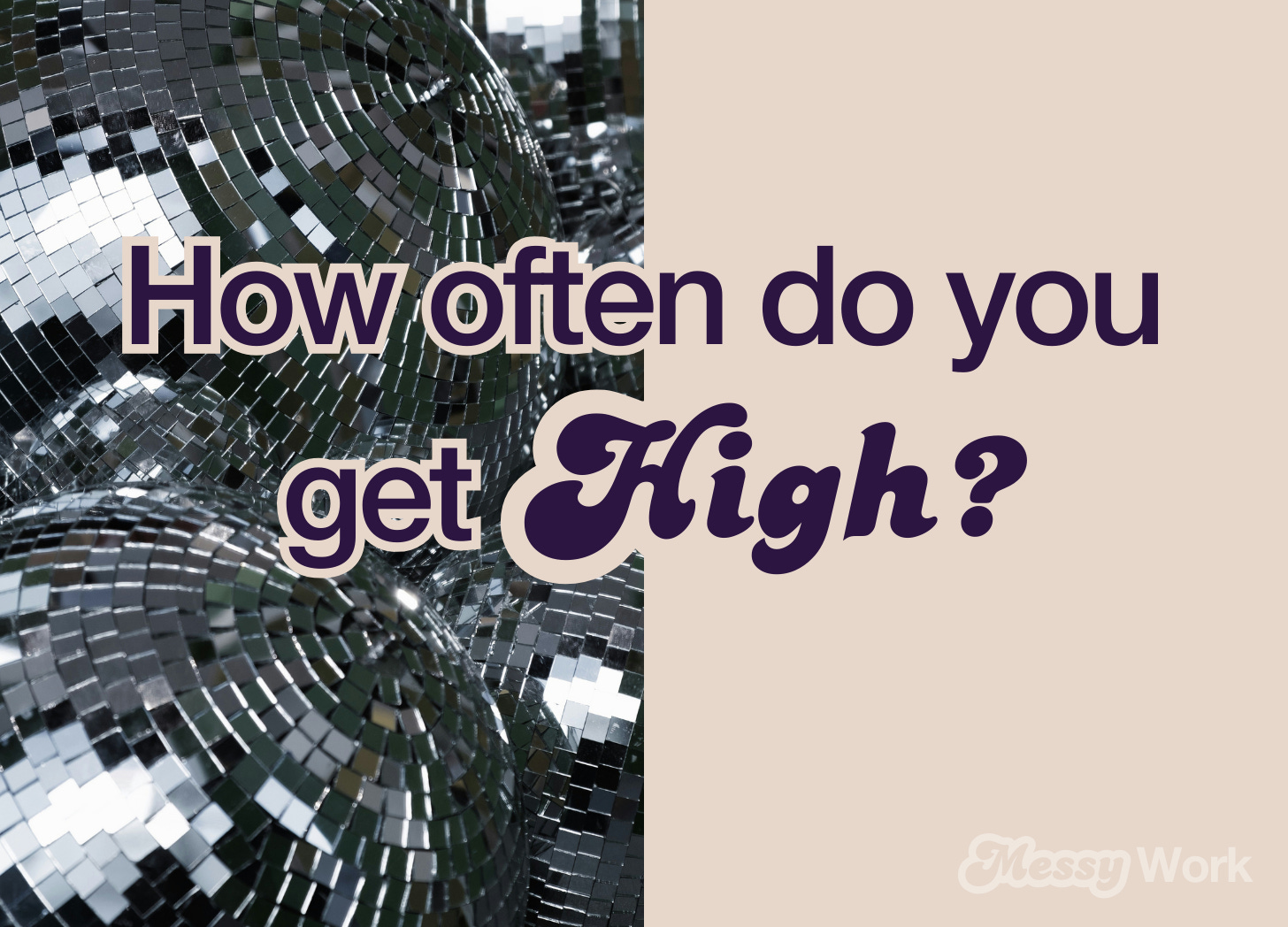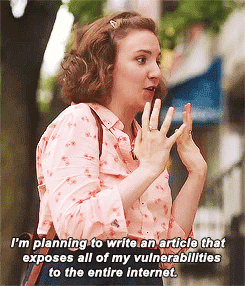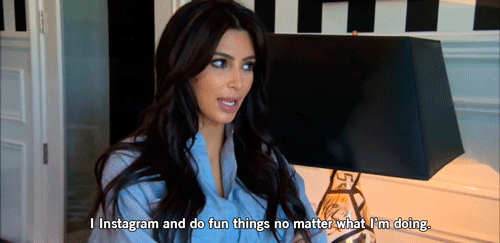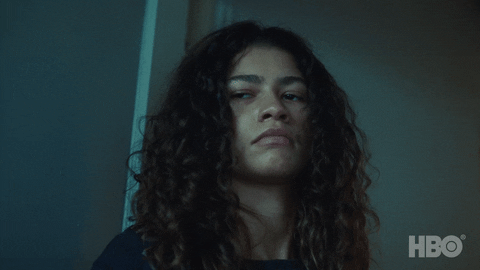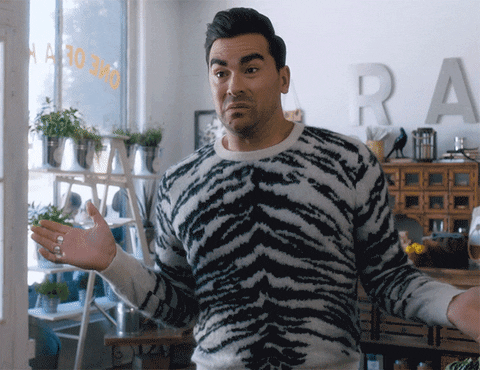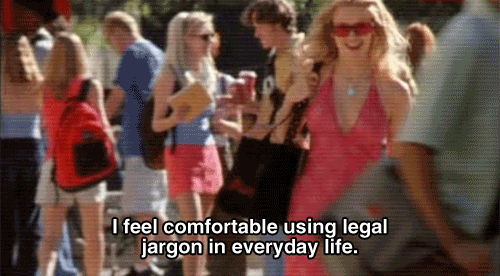How often do you get high?
In the same way that we're out of touch with loss and grief, are we also estranged from the higher end of our emotional spectrum?
Before we begin
I’m a firm believer in using writing to shed light on the unspoken. For me, it’s cathartic to sift through some of my messier experiences and murkier emotions. In airing them, I hope that they may hold resonance and comfort for someone else. My commitment to anyone who reads this is to keep being honest and vulnerable — and I always welcome thoughts and feedback from anyone who feels compelled to share in return! So thank you to everyone who reached out after my last post. I was really moved by your personal stories of grief and loss, and grateful for your words of encouragement 🫶
Let’s get into it—and lighten the mood
If my misty-eyed proselytizing about the power of writing hasn’t put you off, let’s get into this week’s post, where we’ll be (quite literally) lightening the mood.
This weekend was the 4-year anniversary of my dad dying (the mood will lighten, I promise). The “anniversary effect” usually hits hard, so this time around I’ve been doing my best to cultivate a healthier relationship to my sadness. Basically, not repressing all my feelings and then being surprised when they all come pouring out at once. Instead, I’ve been trying to slow down, check in with myself, be gentle with myself, and actually allow myself to feel.
It’s definitely helped. Yet whenever I think I’ve ticked off everything on the emotional intelligence checklist, I soon realise I’ve missed a big bloody box…
The opposite of grief
Throughout my life (which has by no means been terrible), I’ve become pretty well-acquainted with the depths of my emotion: sadness, sorrow, anger, turmoil, despair, misery, etc. All the heavyweights.
But recently, it struck me that perhaps I’m not so familiar with the opposite end of the spectrum.
Now don’t get me wrong, I’m very content with my life. I consider myself an optimistic person with a pretty positive outlook. I host uproarious parties and was once saved in a friend’s phone as “fun Lucia”. I am the kind of person that takes photos of nice flowers. In fact, the sunnier side of my disposition is probably why I struggle to accept the darkness.
However, I’m not referring to the more baseline levels of contentment, pleasure or happiness here. I’m talking about the real highs: euphoria, ecstasy, bliss, delight, glee, awe. Those moments of transcendence and vibrancy that pierce through the shadows to remind us how very alive we are — not necessarily by grounding us, but by taking us out of ourselves.
When was the last time you felt that?
I’ll tell you mine…
Meet Caleb
It’s 6pm on a Tuesday evening I’m in my sports bra and ratty Lululemons, flailing my limbs like a deranged windmill and hopping around my yoga mat. I alternate between star jumps and melodramatically flinging my hands away from my chest, a gesture the peppy instructor on my laptop screen (clad in much nicer Lululemons) refers to as “heart-clearing”.
To spur us on in giving our chakras a metaphorical enema, she shouts affirmations as a man called Caleb bangs a drum. Eyes screwed up tightly in concentration and exultation, Caleb pats the djembe like his life depends on it, while the rest of us thrash around.
I’m doing the virtual version of The Class, “a cathartic, strength-training workout that uses music, breath, and movement to cut through the chaos and access deeper layers of emotional healing and peace”. Essentially, it’s a cross between HIIT and slightly nauseating, faux spiritual life coaching (overcome your demons AND tone your abs for the price of one).
So far, all I am accessing is a deep level of cringe. I wonder if the neighbours can hear me thudding across the ceiling. I thank god I had the foresight to close my bedroom blinds.
But my self-consciousness and skepticism don’t last for long. I do as the instructor says and let myself “feel the beat”. I follow my body where it wants to GO. I flail more wildly. The music intensifies. The instructor cries out another affirmation — except I’m no longer listening. I feel a peculiar sensation rising in my chest.
And to my horror, I let out a small sob.
Are jumping jacks the key to transcendence?
Before I gave it a whirl, I had read numerous accounts of Class-goers crying during the workouts and thought, “Yeah right”. So you can imagine my surprise when the tears actually started rolling: was I really so basic that a home workout video could make me cry? And why was I crying?
It didn’t feel like sadness. In fact, it felt like the opposite of sadness: euphoria.
That surge of emotion felt like a release. That specific kind of high that cuts through the boring, everyday shit going on inside your head to remind you that you exist. That this is life.
Now my clubbing days are over, it’s not an emotional state I find myself in very often. But doing The Class made me wonder: in trying to cultivate a healthy relationship to sadness and grief, perhaps I need to pay just as much attention to their equal and opposite forces. After all, we can never truly appreciate each emotion without another to throw it into stark relief.
Grief’s embarrassing friend
In the same way we shy away from the ugly cries of grief, I’ve been reflecting on how we’re estranged from these emotional highs, which don’t seem to have a place in our increasingly skeptical, serious and secular society.
In Britain, we’ve always been pretty good at finding hedonistic or anarchic highs — beer-fuelled football games, drug-fuelled festivals, wobbly nights on the town. But, particularly as I put my partying days behind me and enter into a new era of Hen-Do-gates and home renos, it feels harder to find outlets for the top end of the emotional gamut.
Wellness culture (and capitalism) has a lot to say about living the “good life”. We are encouraged to make the most of our leisure time and save it to our Instagram highlights reels: posing with our Papier notepads in our local coffee shop (sue me), devouring small plates in low-lit restaurants, paying someone to steal our phones so we can spend two nights in a tiny hut off the A21.
But how much of those highlights are actual highs? This curated, moderated version of joy, pleasure and happiness is not the same thing as the carefree abandon and poignancy of a euphoric, ecstatic or awe-struck state.
There is a growing body of research and discourse about the benefits of these heightened emotional states. Scientists are currently testing the potential applications of MDMA for mental health therapy, and awe is an increasingly hot topic in conversations about wellbeing.
This is all fascinating stuff with life-changing potential. Of course, it also presents a lot of opportunities for the wellness and entertainment industries to commodify our emotional experiences — hence why I am currently paying $40 a month to put some music on and have a burpee-induced exorcism in my bedroom.
Do you really need to go on an “awe walk”, or will a regular walk suffice?
While I think brands and businesses can do a lot to raise awareness and provide people with communities and experiences that are missing from their lives, I’m always a bit uncomfortable with anything that attempts to package up these concepts into something catchy and profitable.
Not just because they can be ethically and morally dubious (or even downright dystopian: see rage rooms), but also because when we assign labels to things, we can put pressure on ourselves to achieve some kind of outcome (see awe walks). That’s not really the point of heightened emotional states, which, if anything, are defined by their very spontaneity; they are moments that we can’t always capture for an Instagram post or assign monetary value to.
Ultimately, I’m sure we can take responsibility for exploring our emotional spectrum without outsourcing to wellness gurus or scheduled, hashtaggable events (or, as I overheard someone in my coworking space describe such an event the other day, “a high-impact evening activation”).
I’m still pondering how to welcome more of those highs into my life, in wholesome, healthy and free ways. This post is just a starting point — a fledgling idea I wanted to share in order to open up the floor for discussion, and your ideas.
Here’s what I’ve got so far:
Instead of paying $40 a month for someone to tell me play some loud music and do star jumps in my bedroom, I can just play some loud music and do star jumps in my bedroom (I did this to the soundtrack of Olivia Rodrigo’s Guts and would highly recommend).
I only have to think about how amazing Beyoncé is to be moved to tears (Cowboy Carter is, of course, on repeat right now).
On the subject of which, there’s something abut listening to an incredible album in full — and I mean really listening — that fills me with a sense of wonder. Some of my favourites: Abbey Road by The Beatles, Blond by Frank Ocean, After The Goldrush by Neil Young, Rumours by Fleetwood Mac, Innervisions by Stevie Wonder, Frank by Amy Winehouse.
I love Julia Cameron’s prompts for reconnecting to your inner artist in The Artist’s Way: simple activities that provoke childish delight and exuberance, like treating yourself to your favourite childhood food (Pom Bears, Cinnamon Grahams and party rings for me) or collecting flowers to press between the pages of a book.
There’s something liberating about putting yourself in a situation that feels horrifyingly cringe, and having no choice but to jump right in. I did this recently by attending a “sensual” dance workshop (a tale for another day) and a friend of mine has started improv classes as a way to embrace silliness.
I always see something unexpectedly beautiful whenever I go on a walk. It doesn’t need to be an “awe walk” and it doesn’t need to be a mountaintop. On a regular old walk through South London, I see all sorts of things that uplift me: someone’s carefully tended flower box, a lime green parakeet, a small act of kindness.
Since music seems to feature a lot in my ideas, I thought I’d pop some of my favourite awe-inspiring songs in a playlist. Enjoy!
How do you get high?
As always, I’m curious to know if and how this topic strikes a chord with you: do you feel that you know the full spectrum of your emotions? And how do you access those higher planes?
Feel free to share your thoughts and ideas in the comments, or simply mull it over in your head.
The connecting thread
Reflecting on my last post and this one, it strikes me that I experience both my lowest lows and my highest highs through my relationships to other people. To quote Neil Young, only love can break your heart — but it can also bring you back up. And that’s the connecting thread from one end of the spectrum to the other.





